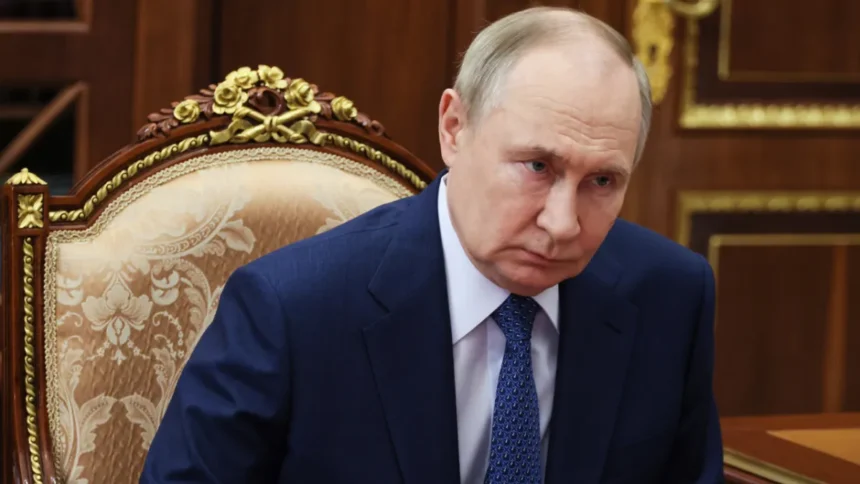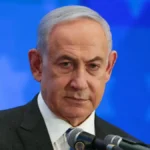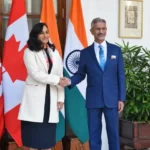Putin Extends Nuclear Treaty for 1 Year – Warns US to Play Fair
Moscow: Russian President Vladimir Putin on Monday announced that Moscow will extend the New START nuclear arms treaty with the United States by one year. However, he issued a stern warning—Russia will only comply if Washington also respects the pact’s limits.
The announcement came during a meeting of Russia’s Security Council, where Putin stressed that abandoning the treaty altogether could destabilize global security and push the world toward another nuclear arms race.
What Is the New START Treaty?
The New START (Strategic Arms Reduction Treaty) was signed in 2010 by the US and Russia and came into effect in 2011. Extended in 2021, it remains valid until February 5, 2026.
The treaty’s purpose is to reduce and limit strategic nuclear weapons while enhancing transparency and trust between the world’s two largest nuclear powers.
Under the agreement:
- Each country is limited to 1,550 deployed strategic nuclear warheads.
- Both are capped at 700 deployed launch systems, including intercontinental ballistic missiles (ICBMs), submarine-launched ballistic missiles (SLBMs), and heavy bombers.
- A total of 800 deployed and non-deployed launchers is allowed.
To build confidence, the treaty also requires on-site inspections, data exchanges, and advance notifications about nuclear activities.
Currently, it is the only arms control treaty still in effect between Washington and Moscow.
Why the Treaty Matters
Experts say the New START treaty is crucial for preventing uncontrolled nuclear stockpiling. Without it, both countries could rapidly expand their arsenals, heightening the risks of miscalculation or accidental conflict.
“The collapse of New START would leave the world’s two biggest nuclear powers without any legally binding limits for the first time in decades,” warned one arms control analyst. “That scenario could lead to a dangerous new arms race.”
Roadblocks and Rising Tensions
Despite its importance, the pact has faced turbulence. In February 2023, Russia suspended inspections and data-sharing provisions under the treaty, citing hostile US actions. However, Moscow insisted it would continue to respect the agreed nuclear limits.
Putin’s latest announcement reflects both willingness and caution—Moscow is prepared to maintain arms control but expects Washington to “play fair” and adhere strictly to the pact.
What Happens After 2026?
The treaty is currently set to expire in February 2026. If no replacement or extension is agreed upon by then, the US and Russia would face a future without any formal nuclear restrictions.
That, experts say, could trigger:
- Increased mistrust between the superpowers
- Escalating military spending on nuclear weapons
- A potential global security crisis as other nations respond to renewed competition
Global Stability at Stake
As tensions between the US and Russia remain high over Ukraine and other geopolitical issues, Putin’s decision to extend the treaty by one year offers a temporary lifeline for arms control.
But with both nations accusing each other of undermining global stability, the future of nuclear arms agreements looks increasingly uncertain.
For now, the world’s eyes remain on Washington and Moscow—two powers holding more than 90% of the world’s nuclear weapons—to see whether they can uphold the fragile framework of nuclear restraint.









